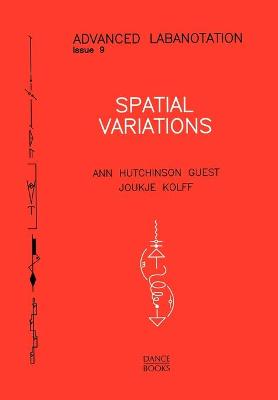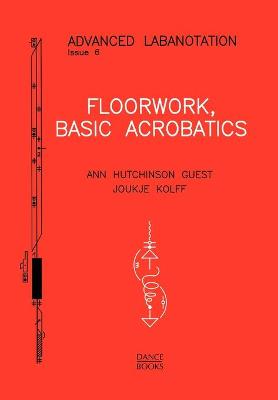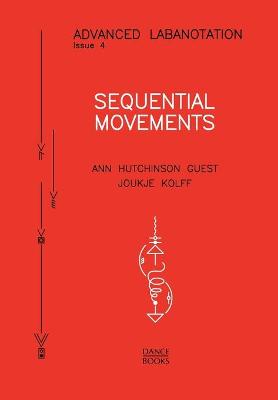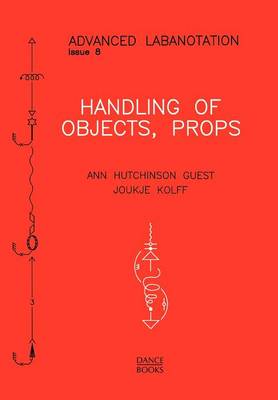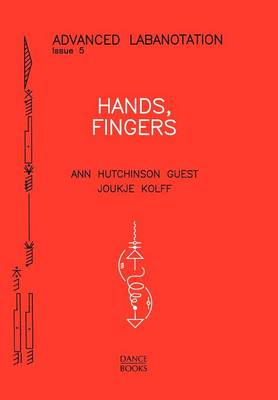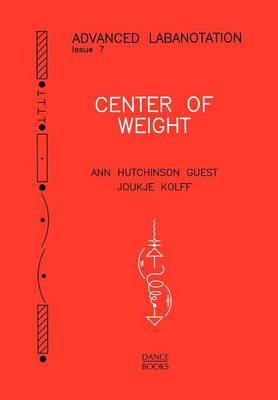Advanced Labanotation
6 total works
v. 9
Specific details on notating a range of aspects of movement in Labanotation. These include finer intermediate directions, greater variations in writing paths of gestures and paths across the floor, defined intermediate distances, specific minor movements, motion versus destination, orientation according to various systems of reference, and defined areas and locations on stage.
v. 6
This issue completes the theory relating to movements on the floor, supporting on various body parts and transitions between such supports. It also gives a full account of revolutions of the body and their recording in Labanotation and offers many reading examples from choreography that features particular floorwork actions.
Issue 4
How to write a successive movement in Labanotation, a movement that flows from one part of the body to another in succession, passing from joint to joint or vertebra to vertebra. It analyzes different forms of sequential movements, including the body wave often used in early modern dance. The book also shows how the notation has been applied in recording exercises and compositions by Shawn, St. Denis, and Humphrey.
v. 8
The description and notation of various different types of objects, such as sticks, fans, swords, ribbons, and candles, and the ways in which they can be held or manipulated with the hands or other parts of the body.
v. 5
The notation of hand movements ranging from broad general statements for the whole hand to detailed descriptions that necessitate defining use of a particular surface or edge of a specific joint or segment.
v. 7
The possibilities of exploring in Labanotation movements in which placement of body weight is of particular importance: balancing, shifting weight, leaning, and falling. Many examples from modern dance technique are included.
